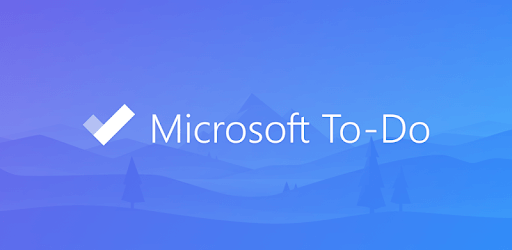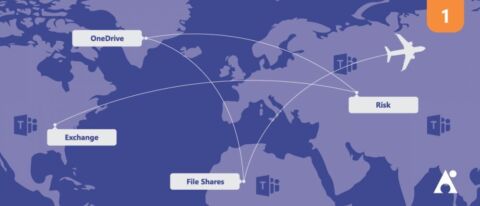Is your organization still transitioning to working online? AvePoint is offering free Office 365 migration services when buying Cloud Backup through June 30, 2020! Click here for details.
This is the first in a seven-part blog series about migrating to Microsoft Teams. See the others below:
- Why Exchange Should Be Your First Stop
- Don’t Forget About File Shares!
- Ring, Ring, Ring! (Calling in Teams)
- You Can’t Just Google That
- A Glitch in the Matrix
- The Top Office 365 Risks You Can’t Ignore
So, you want to use Microsoft Teams in your organisation? Great choice, I think you’re going to love it!
But before installing the Microsoft Teams software, creating a team, adding your colleagues to it, and then telling them to install it and start working there, let’s pump the breaks for a minute.
Microsoft Teams is a powerful tool that utilises and surfaces a lot of what Office 365 has to offer. However, while Microsoft Teams offers its own services, features, and functionality, a large portion of what you’re going to use it for is actually delivered by other services within the Office 365 platform. Examples of this are Planner for group task management, Forms for surveys and quizzes, SharePoint for file storage, Stream for team meeting recording, and so on.

Microsoft Teams relies on user mailboxes that’re hosted in Exchange Online and are powering the advanced features of Outlook. While Microsoft Teams can technically run without user mailboxes being hosted in Exchange Online, several Office 365 services rely on the mailbox to work fully, if at all. Some of these services use the Exchange mailbox as a store of messaging information, while others just leverage the ability to be able to contact you in the first place.
An example of this is Microsoft Planner. Without Exchange Online users may have issues viewing comments, adding comments to a task, or even viewing their favourite plans at all. Similarly, if you want to be notified when a task has been assigned to you, you’re going to need an Exchange Online mailbox.
So far all I’ve addressed is the functionality of Office 365 apps. What’s potentially more important is the compliance aspect of Microsoft Teams, such as the ability to perform eDiscovery searches and use supervision policies. These also require that mailboxes be hosted in Exchange Online to work properly because, while some aspects of Microsoft Teams may work without it, it won’t be a complete and fully functional solution.
Planning on migrating to Microsoft Teams? Here's why you should fully understand Exchange first: Click To TweetIn short, not having mailboxes hosted in Exchange Online and using Microsoft Teams is a workable solution, but one with a number of caveats and restrictions. This can ultimately lead to compliance issues and a poor user experience since users will continually see issues and limitations in their use of Teams.
While it might be Planner that’s causing the issue in front of them, they’ll likely blame Microsoft Teams because they’ll only see Planner as a tab in a channel (and thus might not differentiate between the two). These kinds of issues are hard to come back from and will gradually erode the confidence and success of Microsoft Teams within an organisation along with any adoption efforts to make it work.
This article from Microsoft explains how Exchange and Teams interact and offers more details on what does and doesn’t work.

While Microsoft Teams may feel new and shiny and fix to a lot of issues in your organisation, some of these issues can also be fixed by via certain Outlook features when connected to Exchange Online. Some of these include:
- Focused Inbox to help cut down the noise
- FindTime to help with scheduling
- Suggested contacts
- Cloud attachments powered by OneDrive
- Insights by MyAnalytics to suggest email and scheduling improvements
- To-Do for individual task management
Moving users to Exchange Online is a crucial first step for organisations looking to implement Microsoft Teams in their organisation. While enabling a lot of back-end functionality that improves the overall IT service and user experience, there are a lot of improvements users can gain from small steps found in simply providing a more powerful & feature-rich Outlook experience.
And before thrusting them into Microsoft Teams and changing the way they work, offer them the ability to make small improvements by migrating to Exchange Online beforehand.

